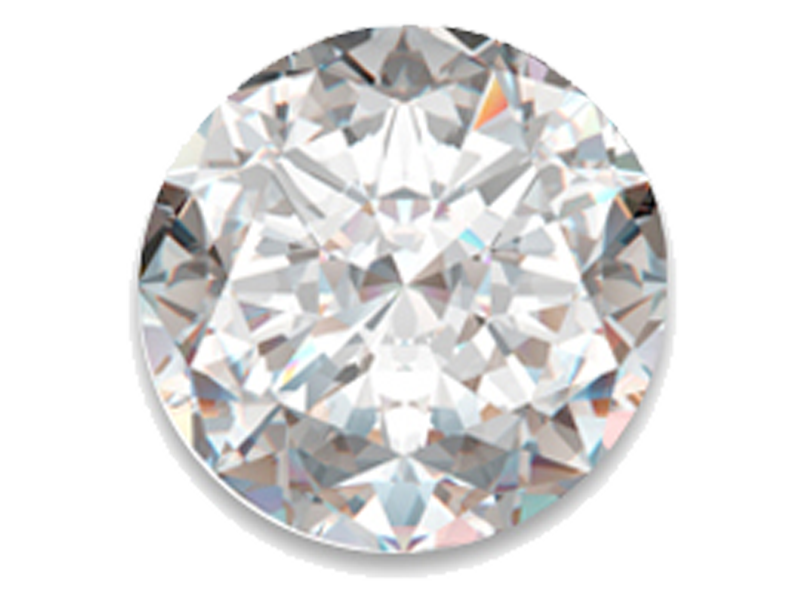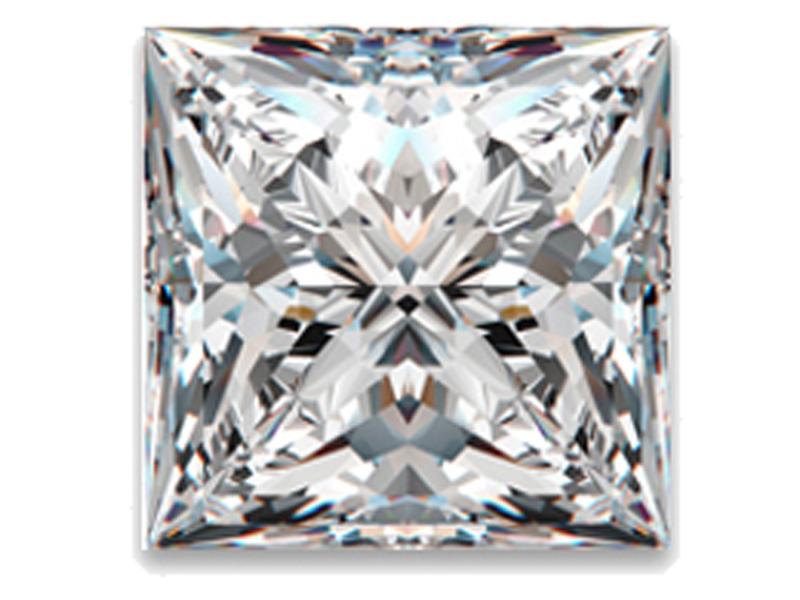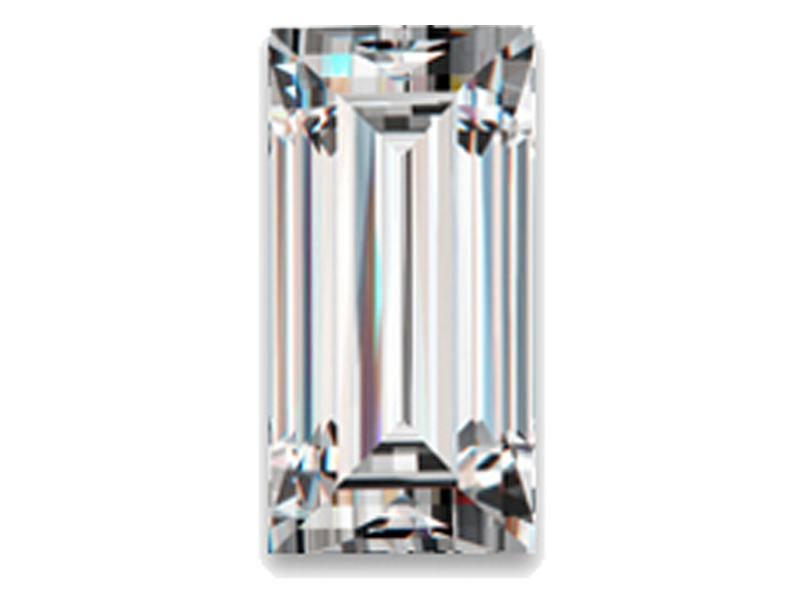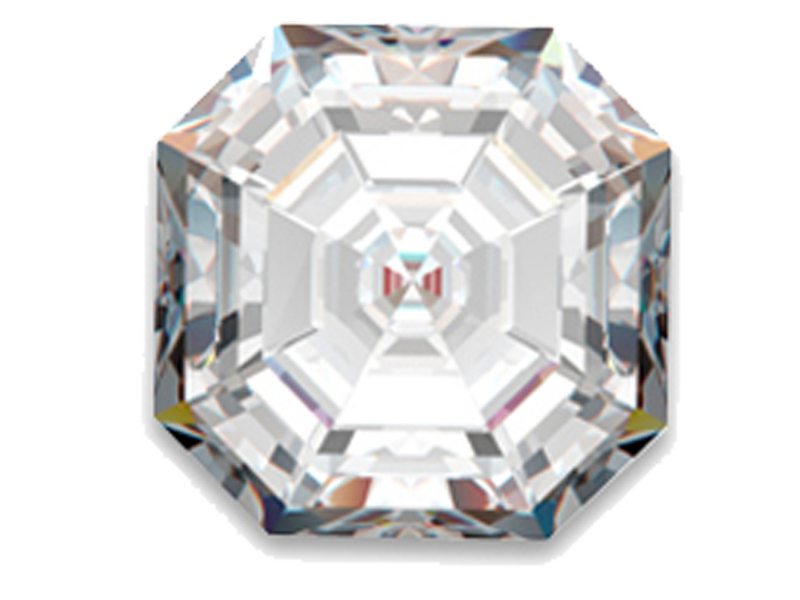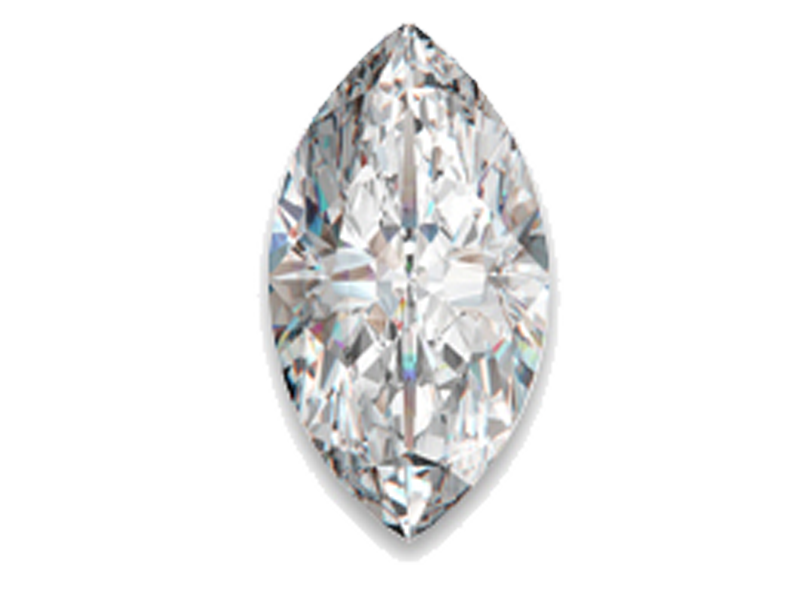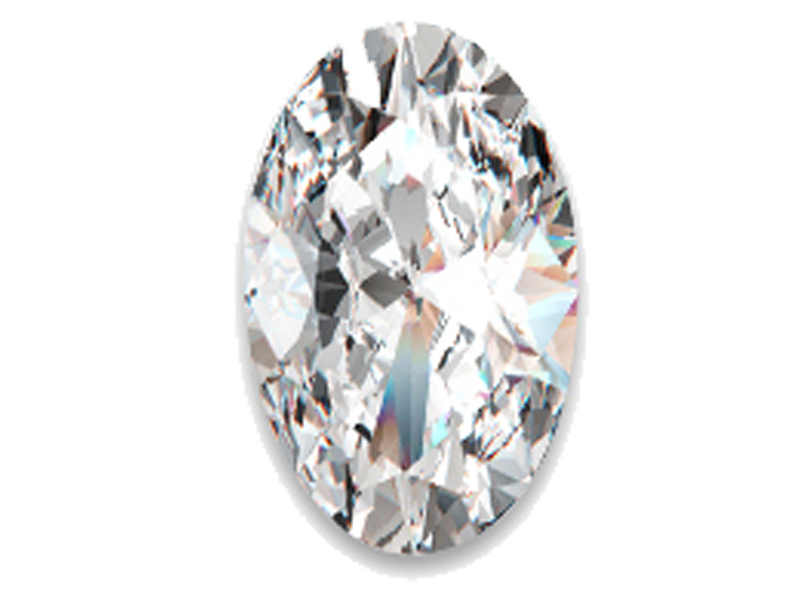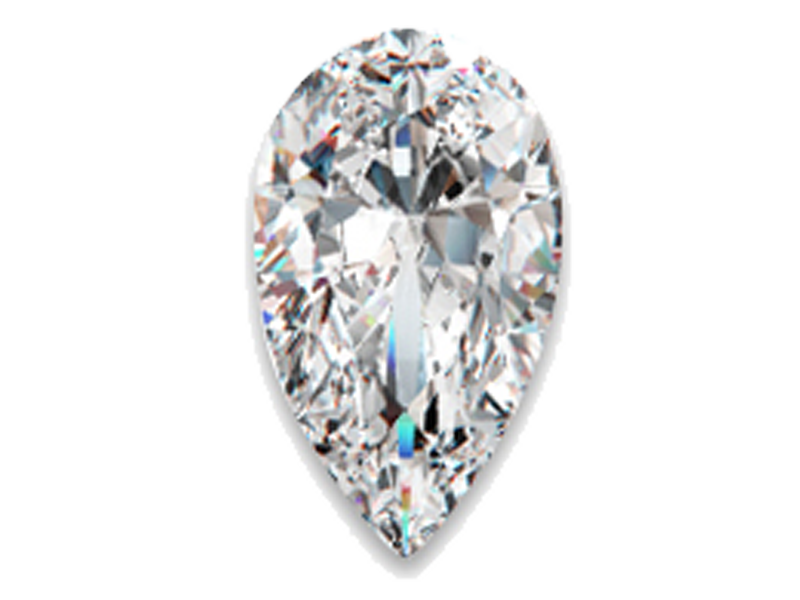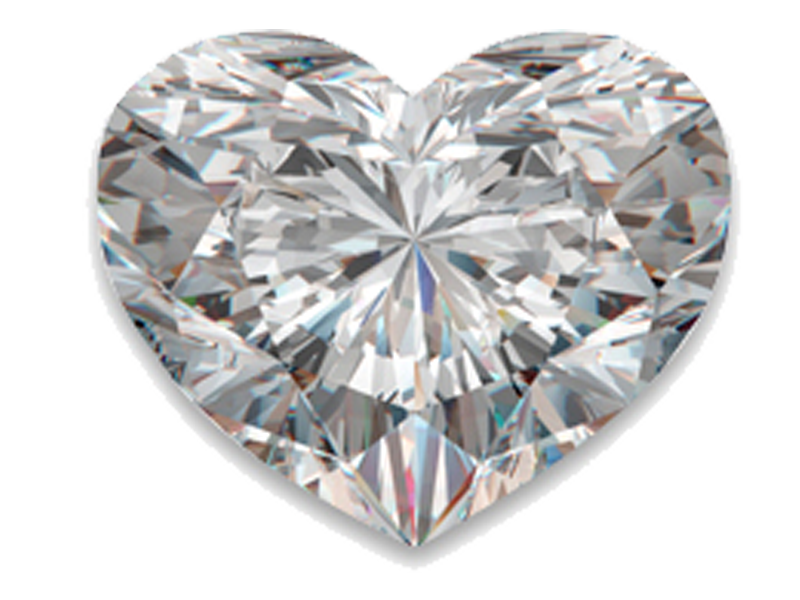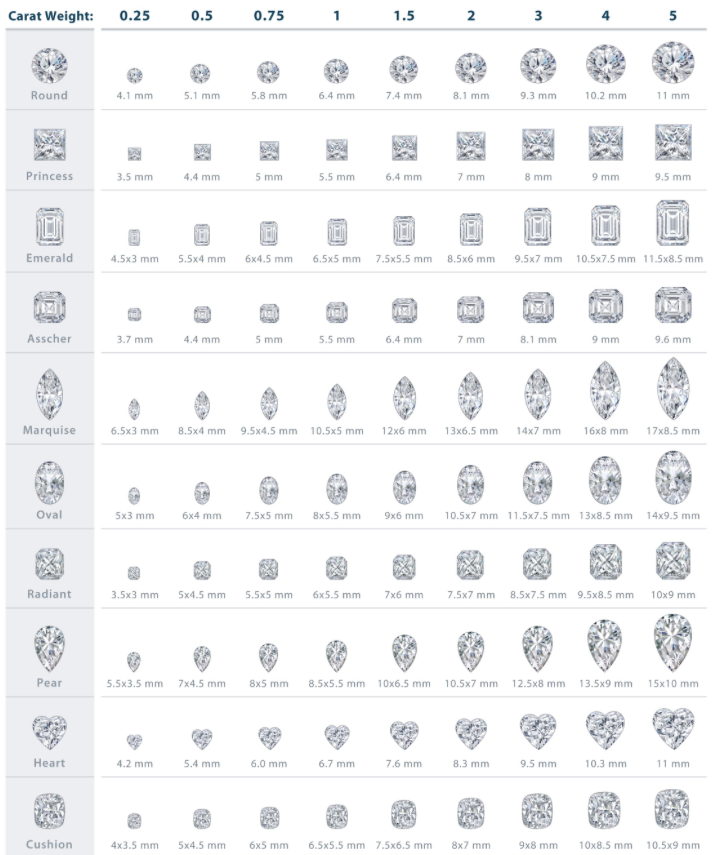DIAMONDS
CUT | CARAT | COLOR | CLARITY
Since all diamonds are not created equally, Philip & Company uses The Four C’s (cut, carat, color and clarity) to examine their distinctions, determine their value, and help you decide which diamond is right for you. Below is a visual aid explaining the difference and importance of The Four C's - Cut, Carat, Color and Clarity.
DIAMOND CUTS
A diamond cut is a style or design guide used when shaping a diamond for polishing such as the brilliant cut. Cut does not refer to shape (pear, oval), but the symmetry, proportioning and polish of a diamond. The cut of a diamond greatly affects a diamond's brilliance; this means if it is cut poorly, it will be less luminous.
IDEAL CUT
FINE CUT
SHALLOW CUT
DEEP CUT
ROUND
PRINCESS
EMERALD
ASSCHER
MARQUISE
OVAL
CUSHION
PEAR
HEART
RADIANT
DIAMOND CARAT
Carat is the term used to describe the weight of any gemstone, including diamonds. Although the definition of a carat has changed over time, since 1913 the international standard has been 200 milligrams, or 1/5 of a gram. Often, jewelers describe carats in 1/4 increments.
In jewelry pieces with more than one diamond, the carats may be described in terms of total carat weight (TW). This is the combined total weight of all the stones in the piece.
Diamonds can range in size from a fraction of a carat to several carats. Given the rarity of large stones, however, the price increases rapidly with size; therefore, a single 2-carat diamond will cost much more than two 1-carat diamonds. Very large diamonds with good color and clarity are very rare. Expect to pay a premium for stones that are above a full carat weight. For example, a .95 carat diamond will cost a bit more than a .90 carat stone.
Because round brilliant cuts follow exact standards, you can make a good estimate of the carat weight of the stone based on the stone's diameter. The following chart compares the relative sizes of stones and describes how much a round brilliant diamond of a certain size is likely to weigh. This chart is for educational purposes and represents a guideline for diameter and carat weights. It is not representative of other cuts or shapes. It is also not applicable to colored gemstones which have a different density from diamonds.
DIAMOND COLOR
A chemically pure and structurally perfect diamond is perfectly transparent with no hue, or color. However, in reality almost no gem-sized natural diamonds are absolutely perfect. The color of a diamond may be affected by chemical impurities and/or structural defects in the crystal lattice. Depending on the hue and intensity of a diamond's coloration, a diamond's color can either detract from or enhance its value. For example, most white diamonds are discounted in price when more yellow hue is detectable, while intense pink or blue diamonds (such as the Hope Diamond) can be dramatically more valuable. Out of all colored diamonds, red diamonds are the rarest. The Aurora Pyramid of Hope displays a spectacular array of naturally colored diamonds, including red diamonds.
DIAMOND CLARITY
Diamond clarity is a quality of diamonds relating to the existence and visual appearance of internal characteristics of a diamond called inclusions, and surface defects called blemishes. Clarity is one of the four Cs of diamond grading, the others being carat, color, and cut. Inclusions may be crystals of a foreign material or another diamond crystal, or structural imperfections such as tiny cracks that can appear whitish or cloudy.
The number, size, color, relative location, orientation, and visibility of inclusions can all affect the relative clarity of a diamond. A clarity grade is assigned based on the overall appearance of the stone under ten times magnification.
Most inclusions present in gem-quality diamonds do not affect the diamonds' performance or structural integrity and are not visible to the naked eyes. However, large clouds can affect a diamond's ability to transmit and scatter light. Large cracks close to or breaking the surface may reduce a diamond's resistance to fracture.
Diamonds with higher clarity grades are more valued, with the exceedingly rare Flawless graded diamond fetching the highest price. Minor inclusions or blemishes are useful, as they can be used as unique identifying marks analogous to fingerprints. In addition, as synthetic diamond technology improves and distinguishing between natural and synthetic diamonds becomes more difficult, inclusions or blemishes can be used as proof of natural origin.






